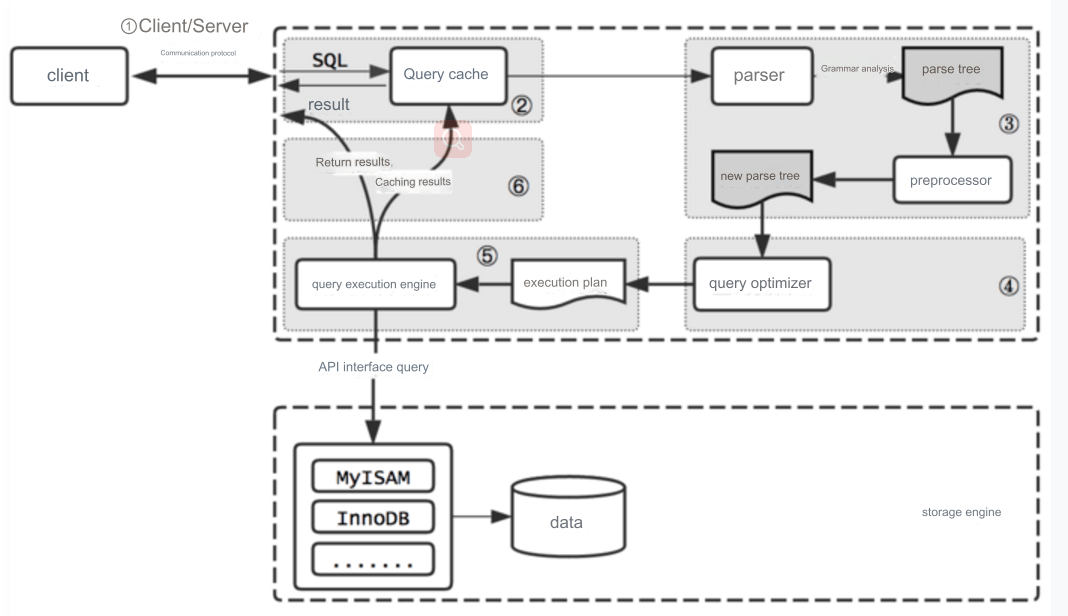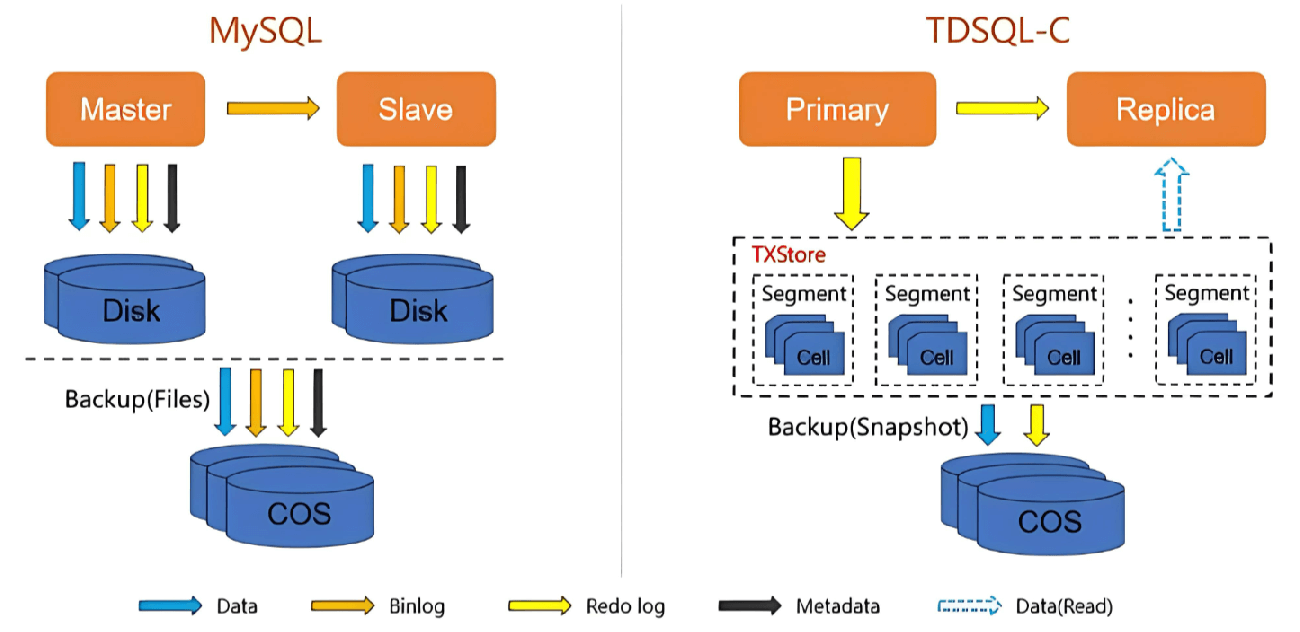Database isolation levels define the visibility of a transaction's changes to other concurrent transactions and the potential impact they may have on the database. The choice of isolation level affects both concurrency performance and data consistency. Different isolation levels can prevent various degrees of concurrency issues, such as dirty reads, non-repeatable reads, and phantom reads.
The SQL standard defines four isolation levels:
1. Read Uncommitted
This is the lowest isolation level, where a transaction can read changes made by other uncommitted transactions. This means dirty reads are possible, where one transaction may read data that another transaction has not yet committed.
Example:
Transaction A modifies a row of data but has not yet committed. Meanwhile, transaction B can see the uncommitted changes under this isolation level.
-- Transaction A BEGIN; UPDATE accounts SET balance = balance - 100 WHERE id = 1; -- Transaction B BEGIN; SELECT balance FROM accounts WHERE id = 1; -- Can see the uncommitted changes from Transaction A
2. Read Committed
At this isolation level, a transaction can only read changes that have been committed by other transactions. This prevents dirty reads but may still allow non-repeatable reads, where two identical queries within the same transaction could return different results.
Example:
-- Transaction A BEGIN; UPDATE accounts SET balance = balance - 100 WHERE id = 1; COMMIT; -- Transaction B BEGIN; SELECT balance FROM accounts WHERE id = 1; -- First query -- Transaction A commits its changes SELECT balance FROM accounts WHERE id = 1; -- Second query might return a different result COMMIT;
3. Repeatable Read
At this isolation level, the database ensures that if the same data is read multiple times within the same transaction, the results will be consistent, preventing non-repeatable reads. However, phantom reads may still occur, meaning that new rows inserted by other transactions can appear in a result set during the same transaction.
Example:
-- Transaction A BEGIN; SELECT * FROM accounts WHERE balance > 1000; -- First query -- Transaction B BEGIN; INSERT INTO accounts (id, balance) VALUES (3, 2000); COMMIT; -- Transaction A SELECT * FROM accounts WHERE balance > 1000; -- The second query might include the row inserted by Transaction B COMMIT;
4. Serializable
This is the highest isolation level, where transactions are fully isolated and cannot execute concurrently. Any concurrent activity is blocked to prevent dirty reads, non-repeatable reads, and phantom reads, but this also significantly reduces concurrency performance.
Example:
-- Transaction A BEGIN; SELECT * FROM accounts WHERE balance > 1000; -- Locks the result set -- Transaction B BEGIN; -- Attempts to insert new rows or update rows that match the SELECT condition from Transaction A will be blocked until Transaction A commits or rolls back INSERT INTO accounts (id, balance) VALUES (3, 2000); -- Blocked
Choosing the Right Isolation Level
When selecting an isolation level, it’s often necessary to balance concurrency performance and data consistency. If a certain degree of inconsistency is acceptable in exchange for higher concurrency, a lower isolation level (such as Read Uncommitted or Read Committed) may be appropriate. If data consistency is critical, higher isolation levels (such as Repeatable Read or Serializable) may be required.




